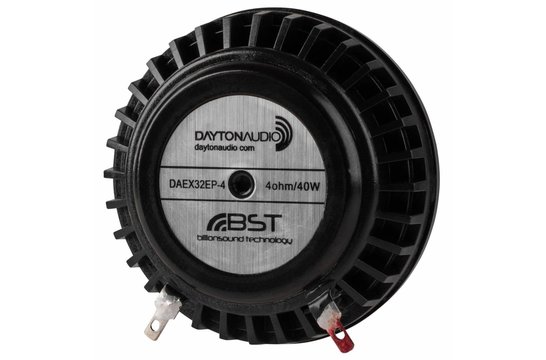




- We ship to United States of America
- Ordered now, shipped tomorrow
- Five-year warranty
- 45-day cooling-off period to return
-
Customer rating:

 Home audio
Home audio  Audio components
Audio components  Crossover components
Crossover components  Test & measurement
Test & measurement  DIY kits
DIY kits  Accessories
Accessories  New products
New products No account yet? Create an account
Your cart is empty
 Home audio
Home audio Audio components
Audio components Crossover components
Crossover components Test & measurement
Test & measurement DIY kits
DIY kits Accessories
Accessories New products
New products
Are you a business buyer and are you interested in higher quantities? Contact us via this form and receive a tailor-made offer. Let us know in the field below what numbers you want, whether this is a one-off and what your application is. We will respond within one business day.
Quote request has been sent!
We will contact you as soon as possible.










Turn even large, rigid surfaces into speakers with the Dayton Audio DAEX32EP-4 Thruster exciter!
Dayton Audio DAEX32EP-4 Thruster 32mm Exciter 40W 4 Ohm
Dayton Audio's DAEX32EP-4 Thruster exciter is built to turn large, thick, rigid surfaces into speakers. The 32 mm voice coil is attached to a steel spider for maximum restoring force when large amounts of power are applied, making it perfect for large glass panes, furniture, and surfaces that would normally resist the effects of an exciter.
A neodymium magnet is employed to create maximum magnetic flux around the proprietary voice coil for increased sensitivity when compared to similar sized exciters. In turn, this reduces power requirements and makes it possible to use very small Class D audio amplifiers, without sacrificing total output.
To ensure maximum acoustic energy transfer between the transducer and the surface to which it is attached, 3M VHB (Very High Bond) adhesive is pre-applied to the main body ... just peel and stick! Two male spade quick-disconnect terminals are built onto the main body for quick electrical connection.
A great field of application for this exciter is so-called DML or flat-panel speakers. DML stands for Distributed Mode Loudspeakers and is a term for speakers that catch the eye with their incredibly slim design.
Curious about how to create invisible sound with exciters? In this blog, Ben Zenker, an expert with more than 15 years of experience and 10 internationally reviewed publications, shares his in-depth knowledge on material selection, installation and optimising sound quality. An indispensable resource for the passionate DIY audio enthusiast.
Note: An exciter's frequency response and sensitivity are completely dependent on the exciter's designated surface. Thinner, smaller materials will tend to be louder and create a mid/tweeter response. Thicker, larger materials (with multiple exciters) will be slightly quieter but result in a more full-range sound.
Show more
Show less
Show more
Show less
Show more
Show less
Positive eccellente
Show more
Show less
Show more
Show less
Show more
Show less